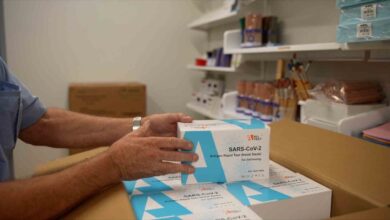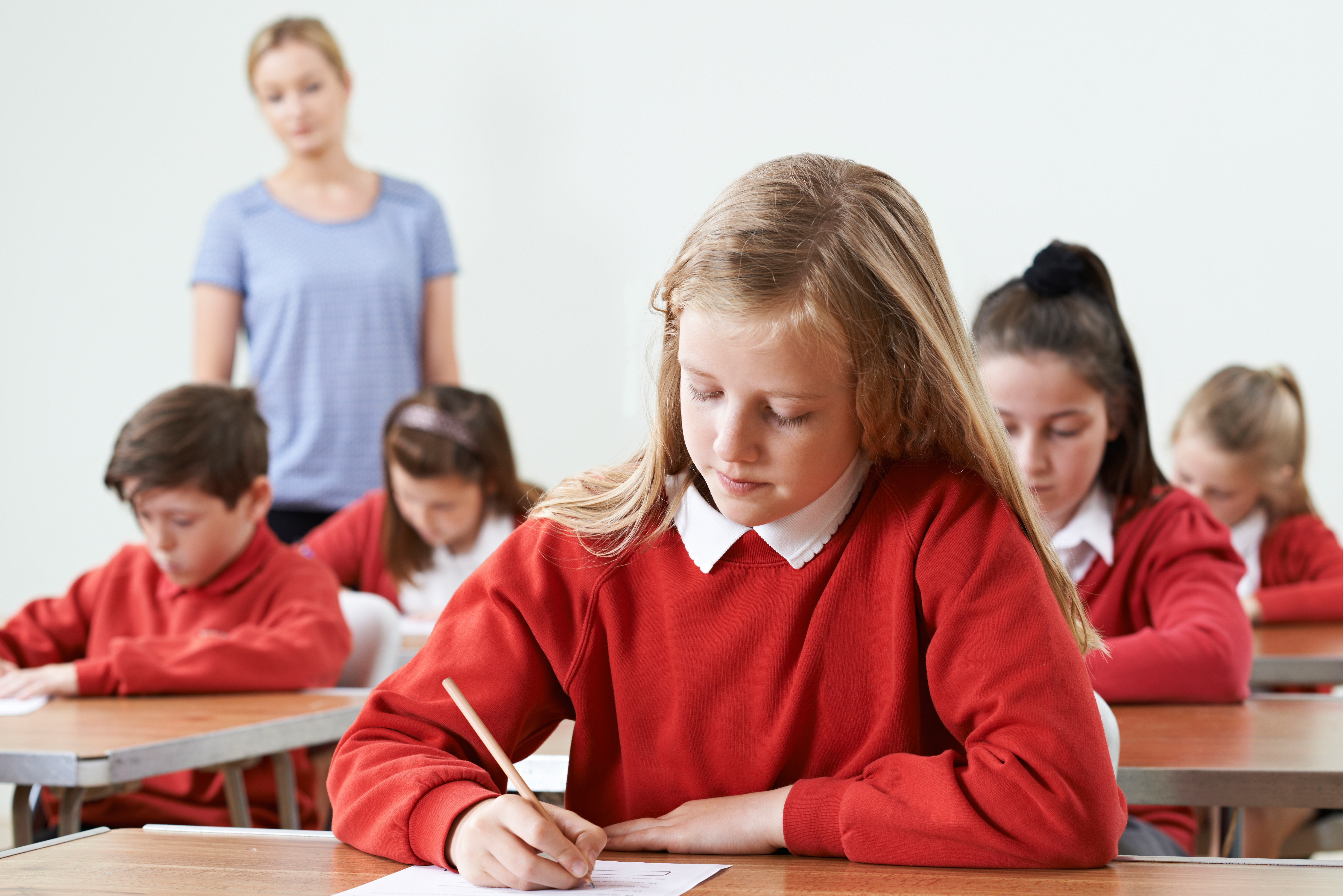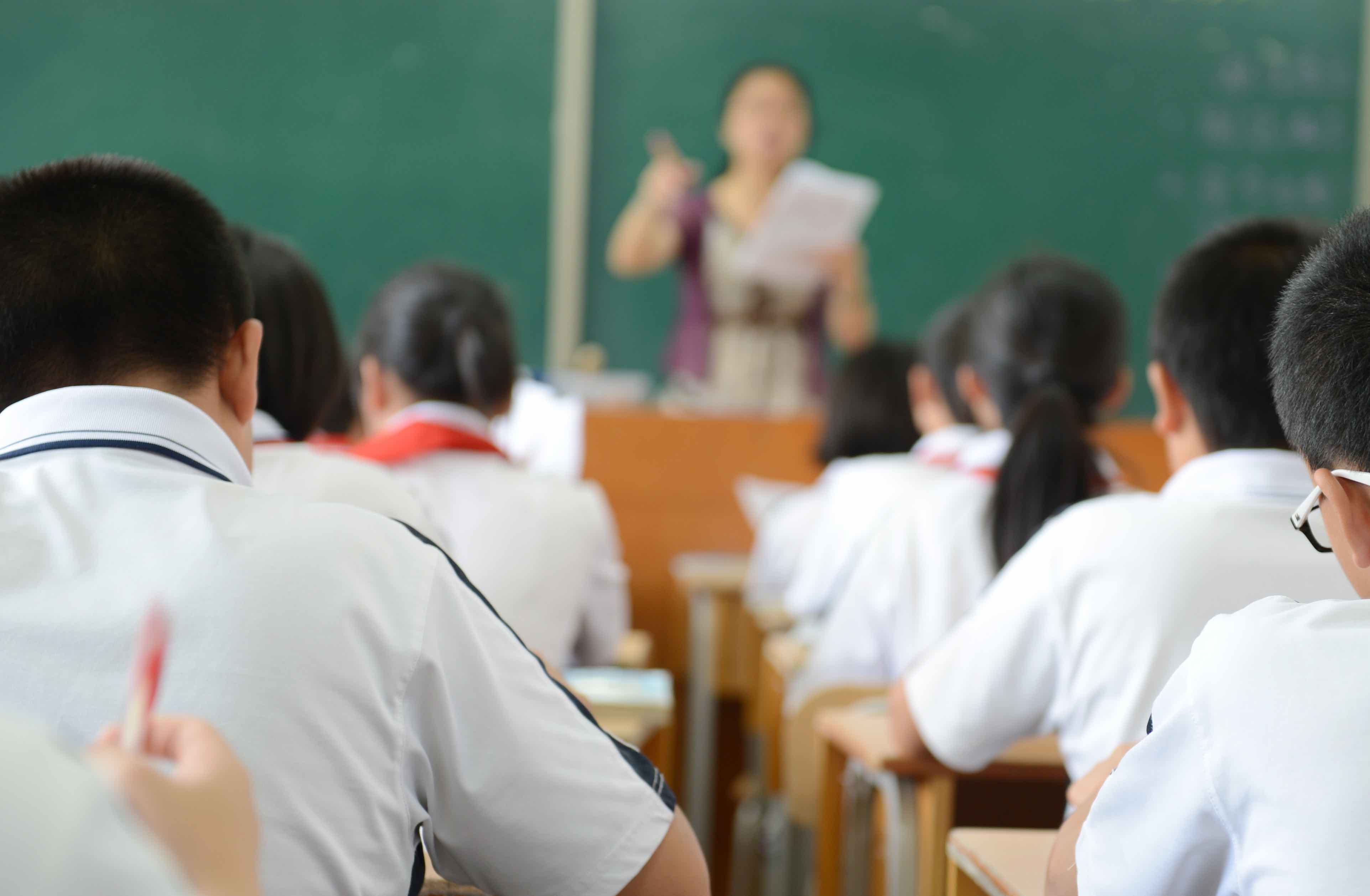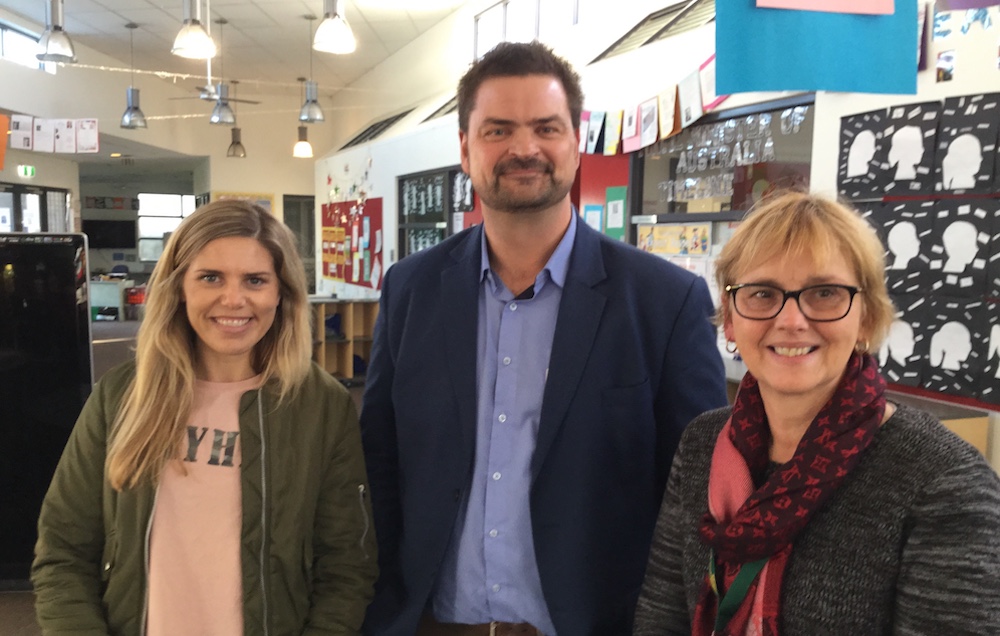Digital divide impacts vulnerable students
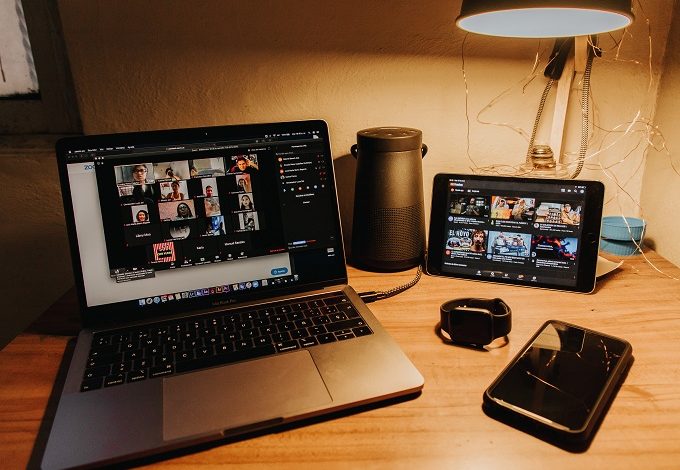
An independent report commissioned by the Australian Education Union (AEU) has indicated a persistent long-term gap in digital access, affordability and ability experienced by many public school students from disadvantaged circumstances.
Addressing digital inclusion for all public school students, by Barbara Preston Research, found that the change in learning arrangements due to COVID-19 brought into sharp focus a lack of digital inclusion for many students, according to AEU, including access to the internet from home and indicators of possible lack of facilities and support at home that are conducive to home study and school work.
The report found that:
- Approximately 125,000 public school students lived in dwellings that were reported to have no internet access in 2016 (the latest available data).
- Nine percent of students with low family incomes (that is, family incomes in roughly the bottom third of family incomes of all Australian school students) have no internet access at home, compared to only 1% of students with high family incomes without access to the internet at home.
- Public school students were more than twice as likely as either Catholic or independent school students to have no internet access at home.
- Public school students living in remote areas were much more likely to have no internet access at home – almost a third of the more than 20,000 living in very remote areas had no internet access at home.
- Aboriginal and Torres Strait Islander students were much more likely to have no internet access at home—21% compared with 5% for all public school students.
- Low family income is associated with many factors that make studying at home more difficult. These include:
- a lack of internet access and a lack of appropriate software and hardware
- generally less well-educated parents who can help with school work at home
- overcrowded or insecure housing without a regular place to carry out school work undisturbed
- the psychological stresses on family members arising out of financial stress and a lack of resources.
According to the report:
Disruption to regular schooling caused by COVID-19 was not the cause of the digital inclusion gap, but served to illuminate the severity of the existing structural problem.
This gap is often accompanied by other factors that inhibit home study such as low income, remote location, English proficiency, disability and insecure or inadequate housing.
AEU Federal President Correna Haythorpe said that the Preston Report was a damning indictment of the failure of the Federal Government to ensure that all students have access to the digital tools and resources that they need for their education.
“The Preston Report has highlighted the deep inequality experienced by students from disadvantaged backgrounds in relation to digital inclusion and in particular internet access,” Ms Haythorpe said.
“As an immediate priority, the Federal Government must carry out a thorough digital equity audit to determine the impact on students of a lack of access to the internet and digital resources. Then a comprehensive plan must be developed, in consultation with the teaching profession, and be backed with resources,” Ms Haythorpe said.
“COVID-19 has exposed the long-term systemic inequality that already exists for Australian students, particularly those from vulnerable backgrounds. This is exacerbated for students who are living in poverty, remote locations and insecure or unsuitable housing,” Ms Haythorpe said.
The vast majority of these students attend public school and it is time for the Morrison Government to address this inequality.
The full report can be downloaded here.

